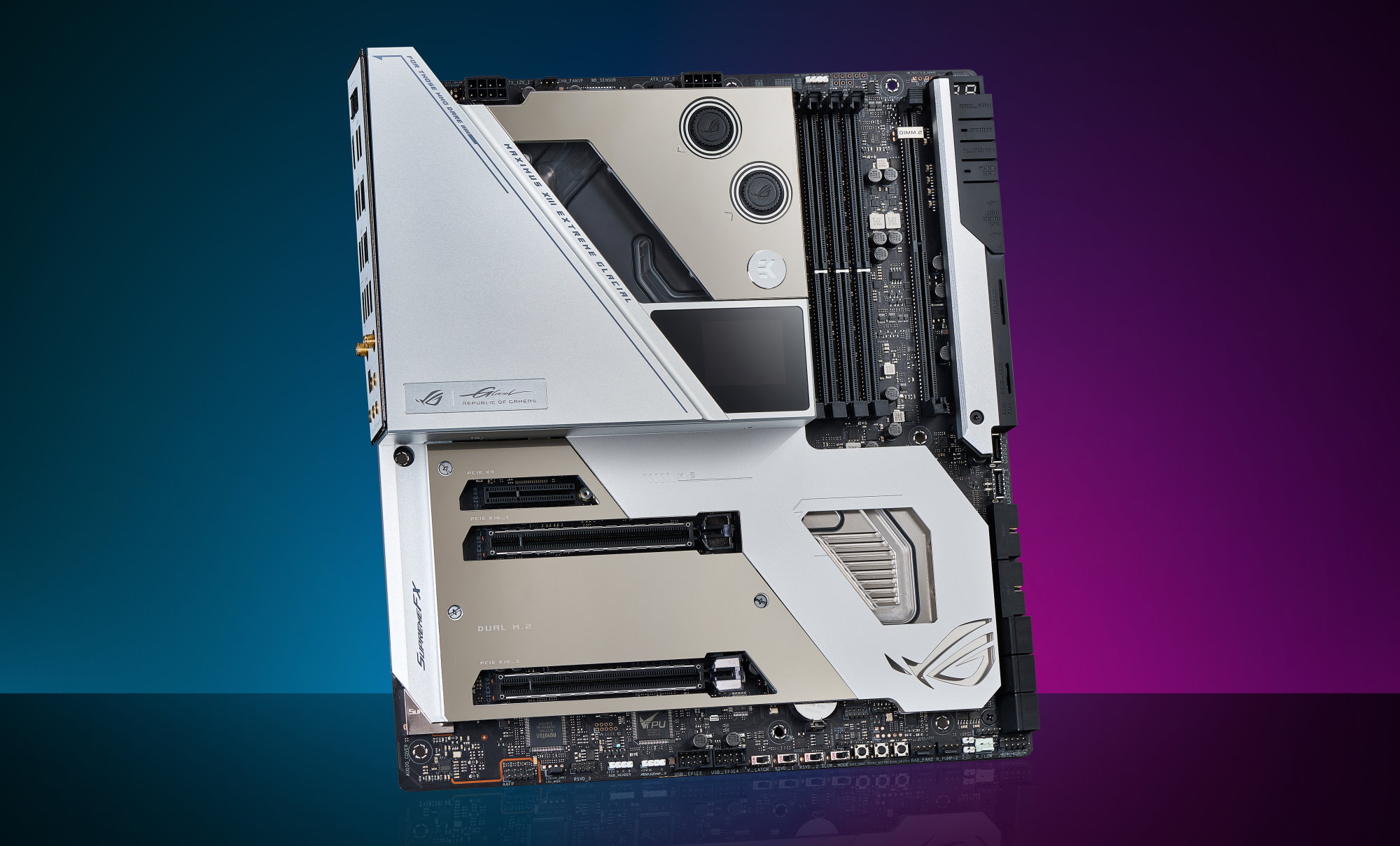Z590 MOTHERBOARD GUIDE: ROG MAXIMUS XIII AND ROG STRIX BRING POWER TO THE CORE

Intel’s 11th Gen Core CPUs, code-named Rocket Lake, bring a cutting-edge microarchitecture to desktop PCs across up to eight processing cores and 16 threads. Per-core performance improvements ranging up to 19% over the prior CPU generation, available Xe integrated graphics processors for easy accelerated media encoding, and 20 lanes of PCI Express 4.0 connectivity for the latest SSDs and graphics cards make 11th Gen Core CPUs a thoroughly modern nerve center for enthusiast PCs. New CPUs beget new chipsets, and Intel is introducing the Z590 platform alongside 11th Gen Core CPUs. We’re tapping everything that the Z590 chipset has to offer across ROG Maximus XIII and ROG Strix families of motherboards. This Z590 motherboard guide helps you find the right foundation for your own build, whether you’re after the no-holds-barred, no-compromise approach of the ROG Maximus XIII series or the stylish power of the ROG Strix boards.

Builders who want a motherboard compatible with all the best features of 11th Gen Intel Core CPUs and don’t need the CPU core overclocking capabilities of the Z590 chipset can instead take a look at our equally fresh H570 and B560 motherboard families. Stick around to learn more about all of the cutting-edge goodness we’ve crammed into our Z590 motherboard lineup.
Thoroughly next-gen
The Z590 chipset brings myriad peripheral and network connectivity improvements. The fun starts with Thunderbolt 4 support, which we included across the entire lineup. Thunderbolt 4 guarantees 40Gbps of peripheral bandwidth with compatible devices and also provides support for the next-gen USB4 protocol, all of which is baked into one USB Type-C physical port.
Thunderbolt 4 communicates across universal, reversible USB Type-C cables running up to two meters in length, and it ensures secure operation with connected devices by mandating protected access to system memory. Select ROG and ROG Strix boards include Thunderbolt 4 ports right on the back panel, while others include an onboard header for an optional expansion card.

USB Gen 3.2 2×2 connectivity and its 20Gbps of bandwidth come standard on Z590, and we’ve deployed it across the lineup, too. Every board includes at least one such port at the back, and most have front-panel headers for more. External NVMe SSDs can already push data rates well past 10Gbps, so these new ports are ready for those drives and other ultra-high-speed peripherals still to come.





